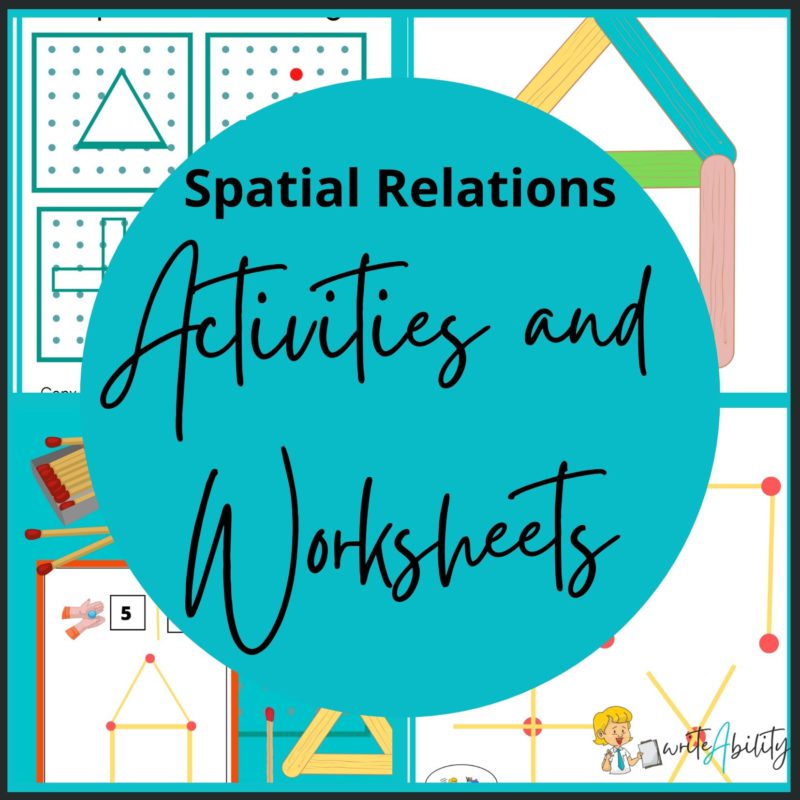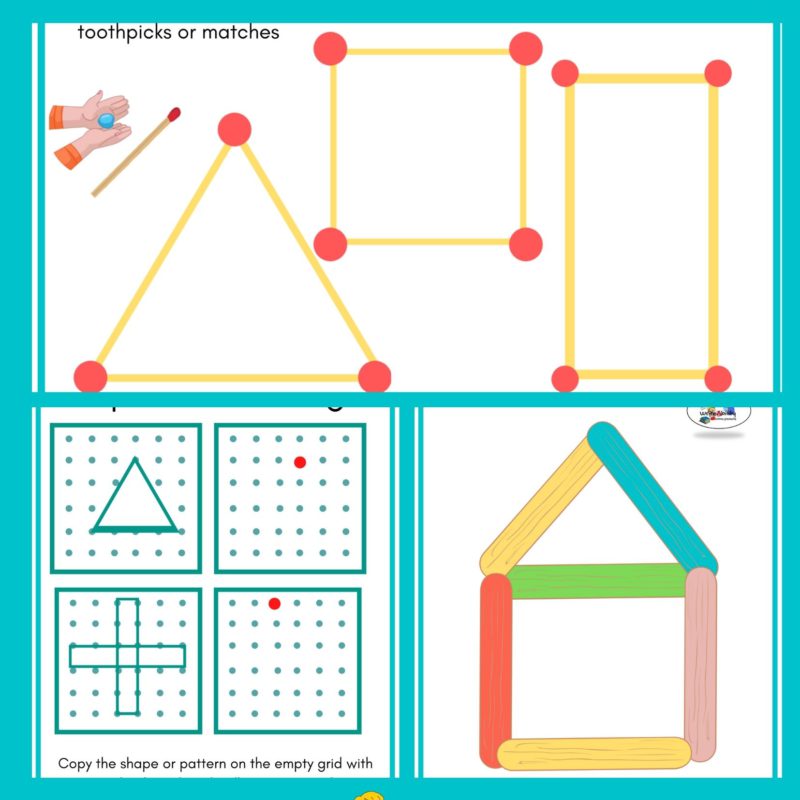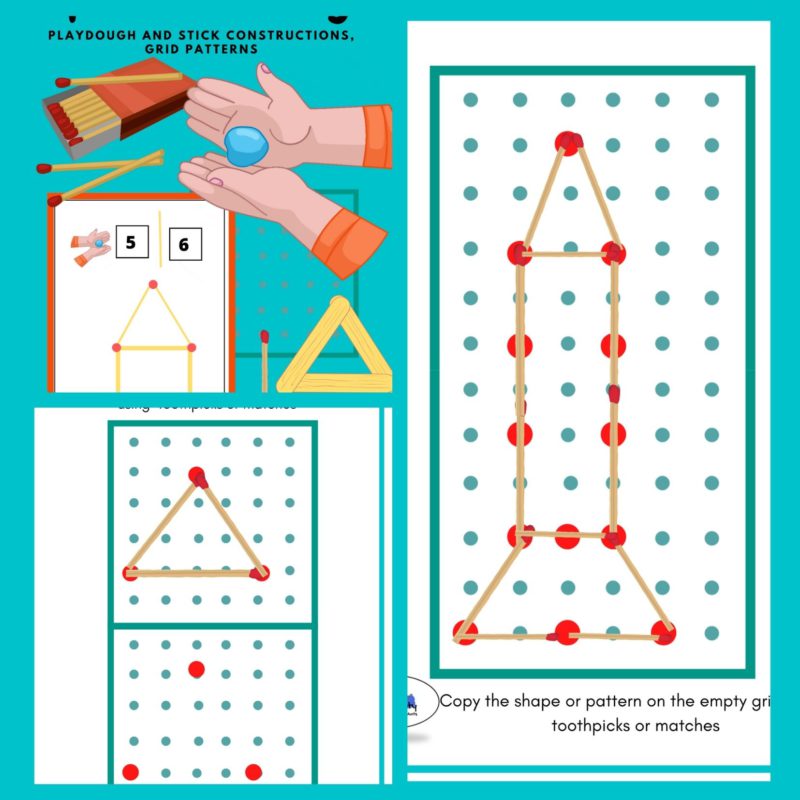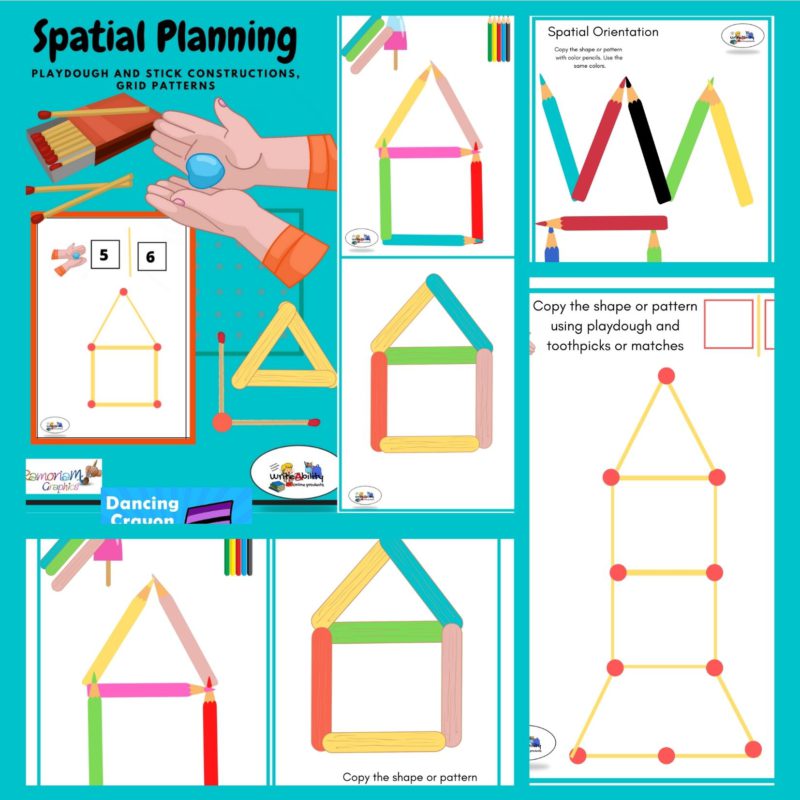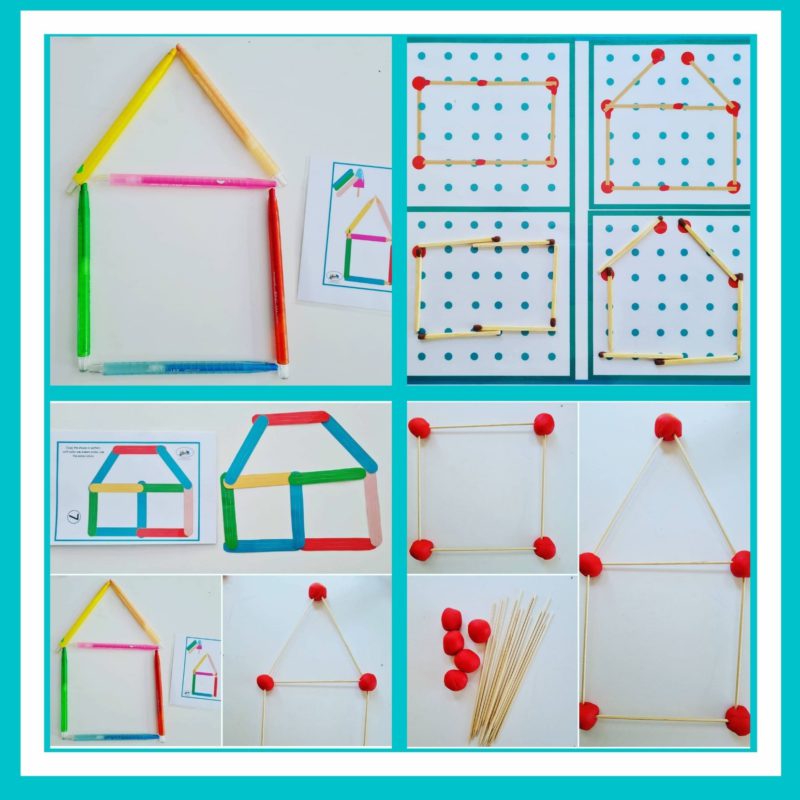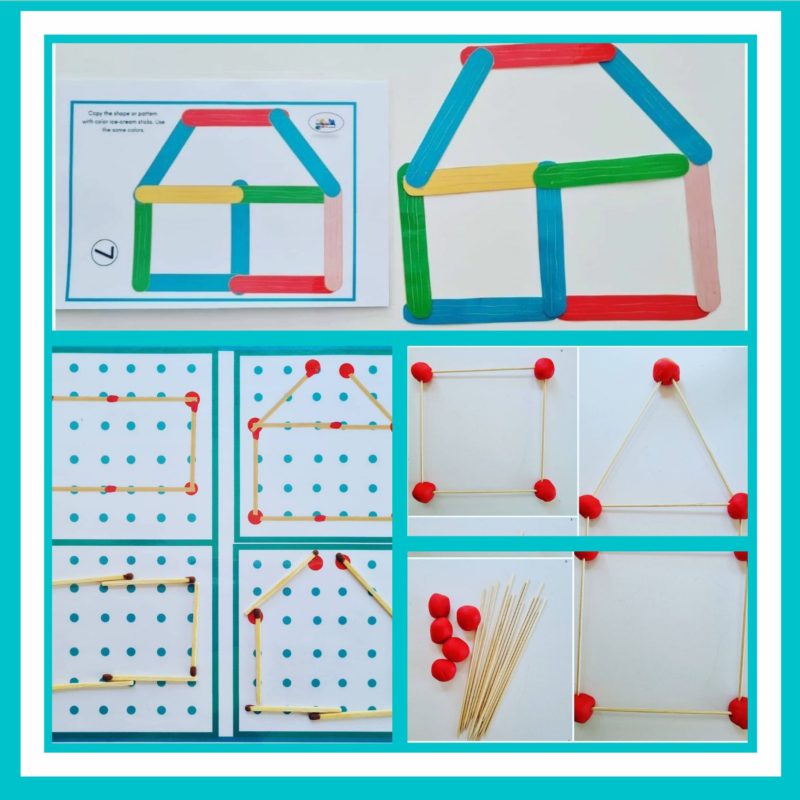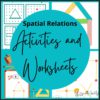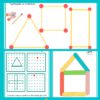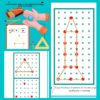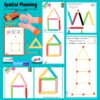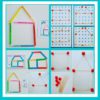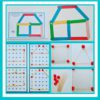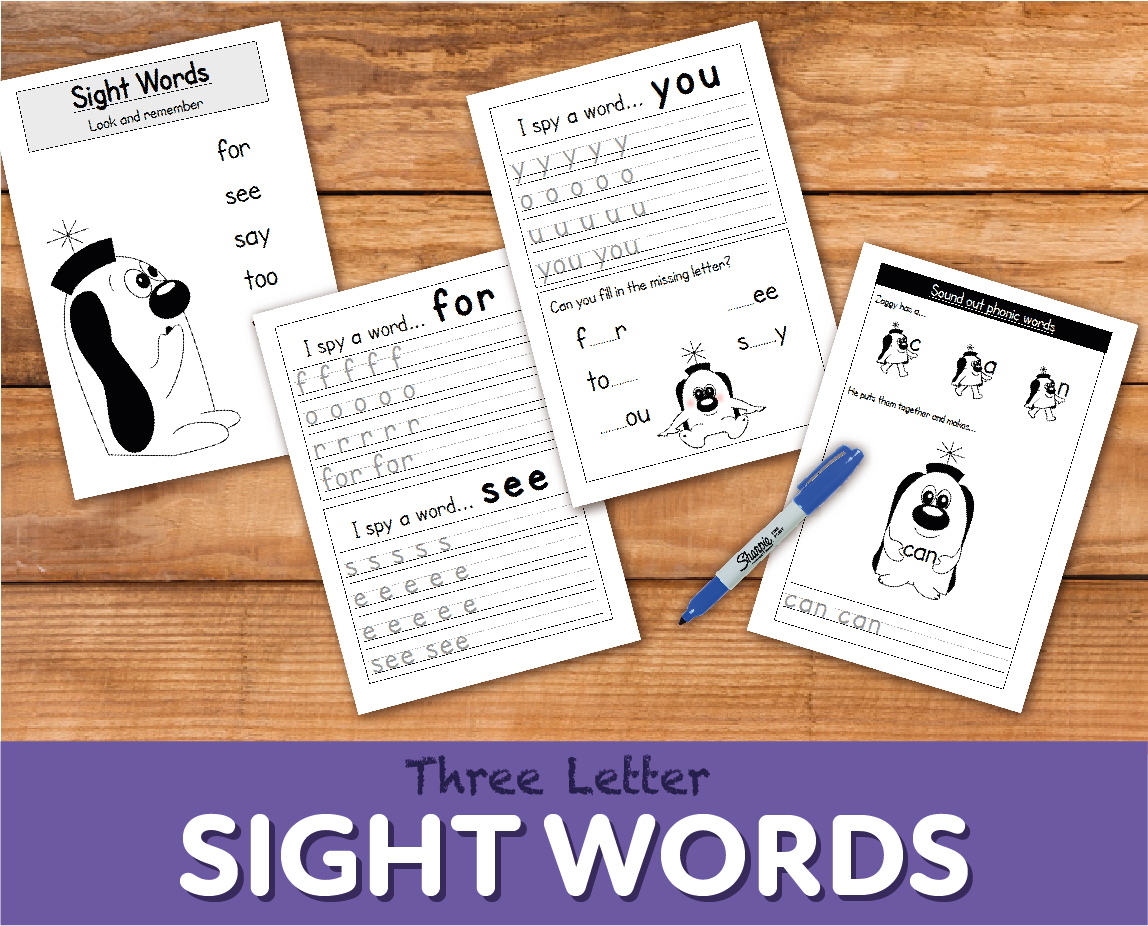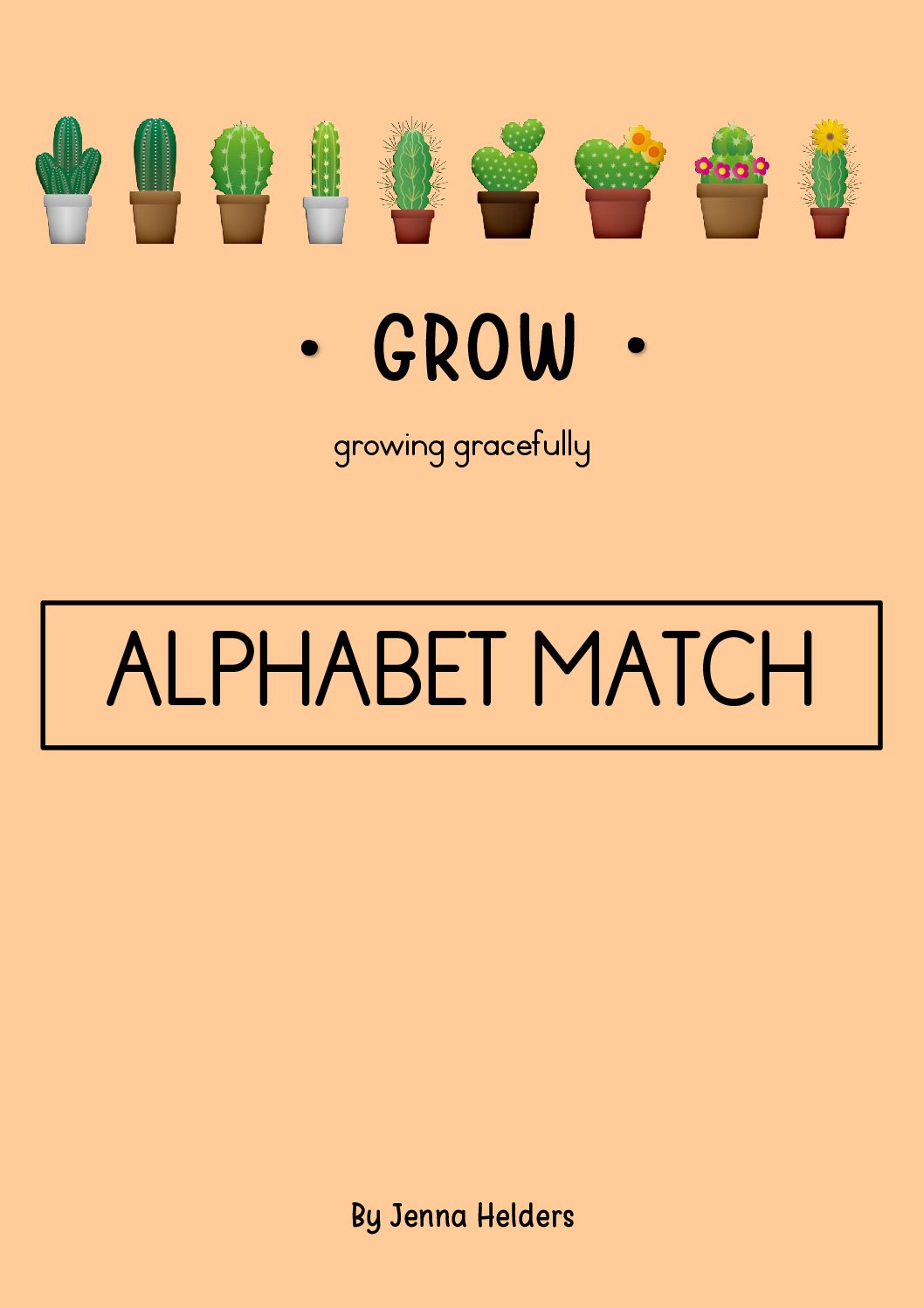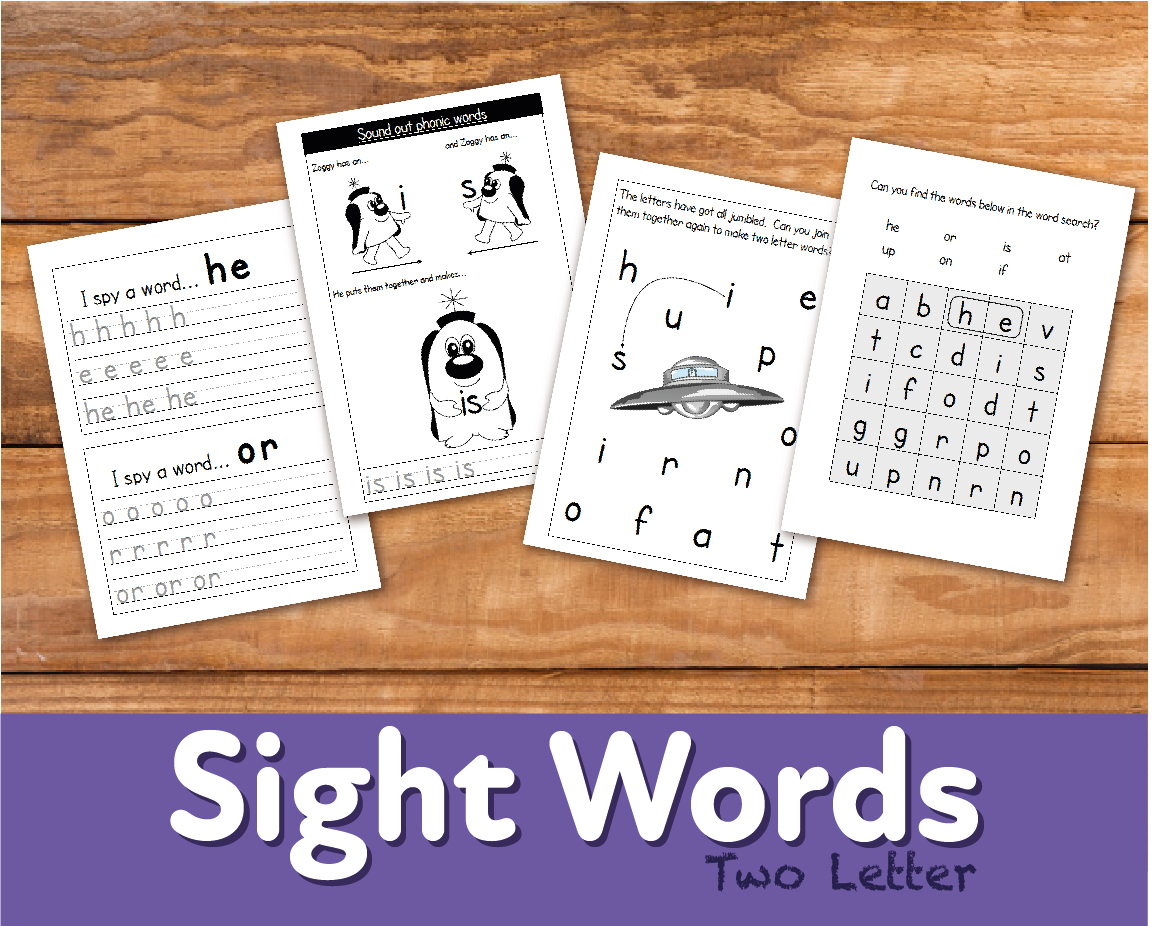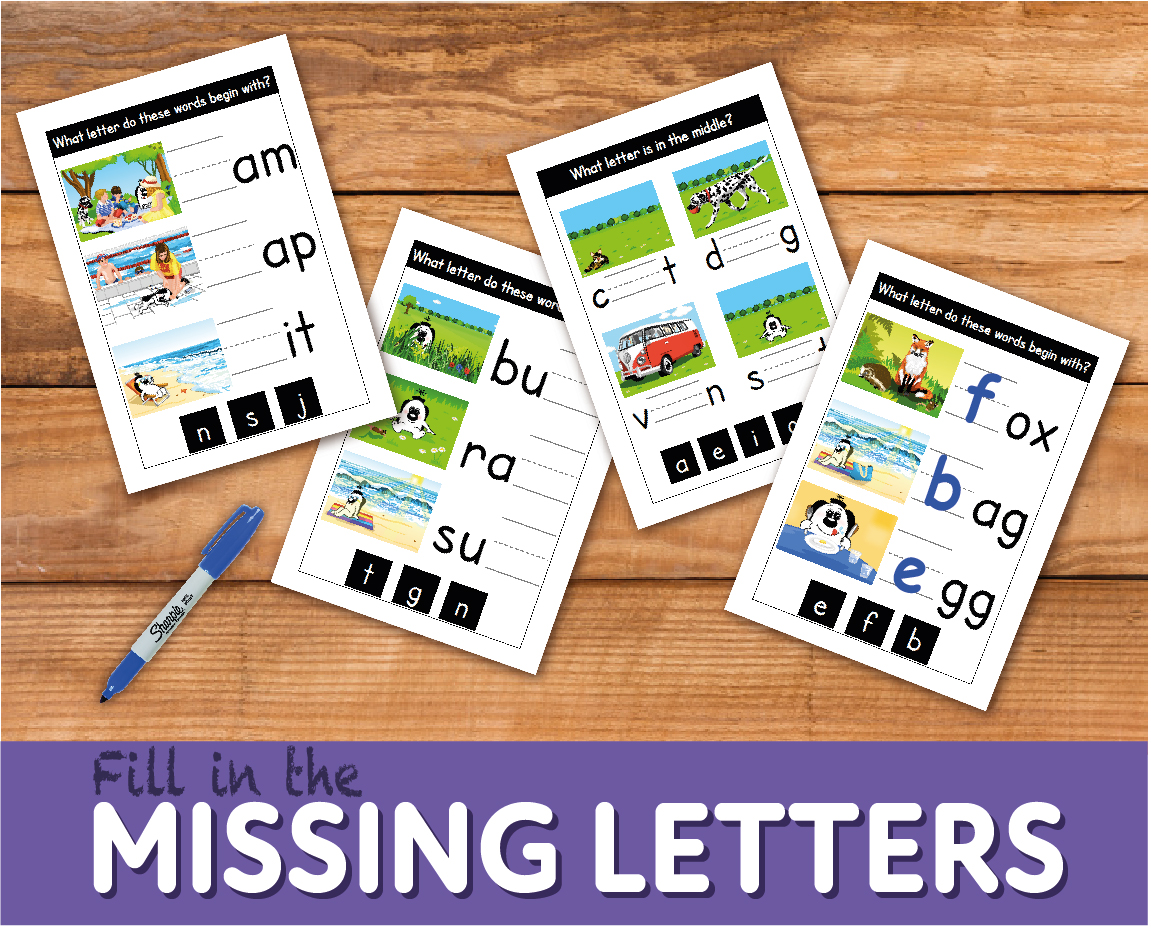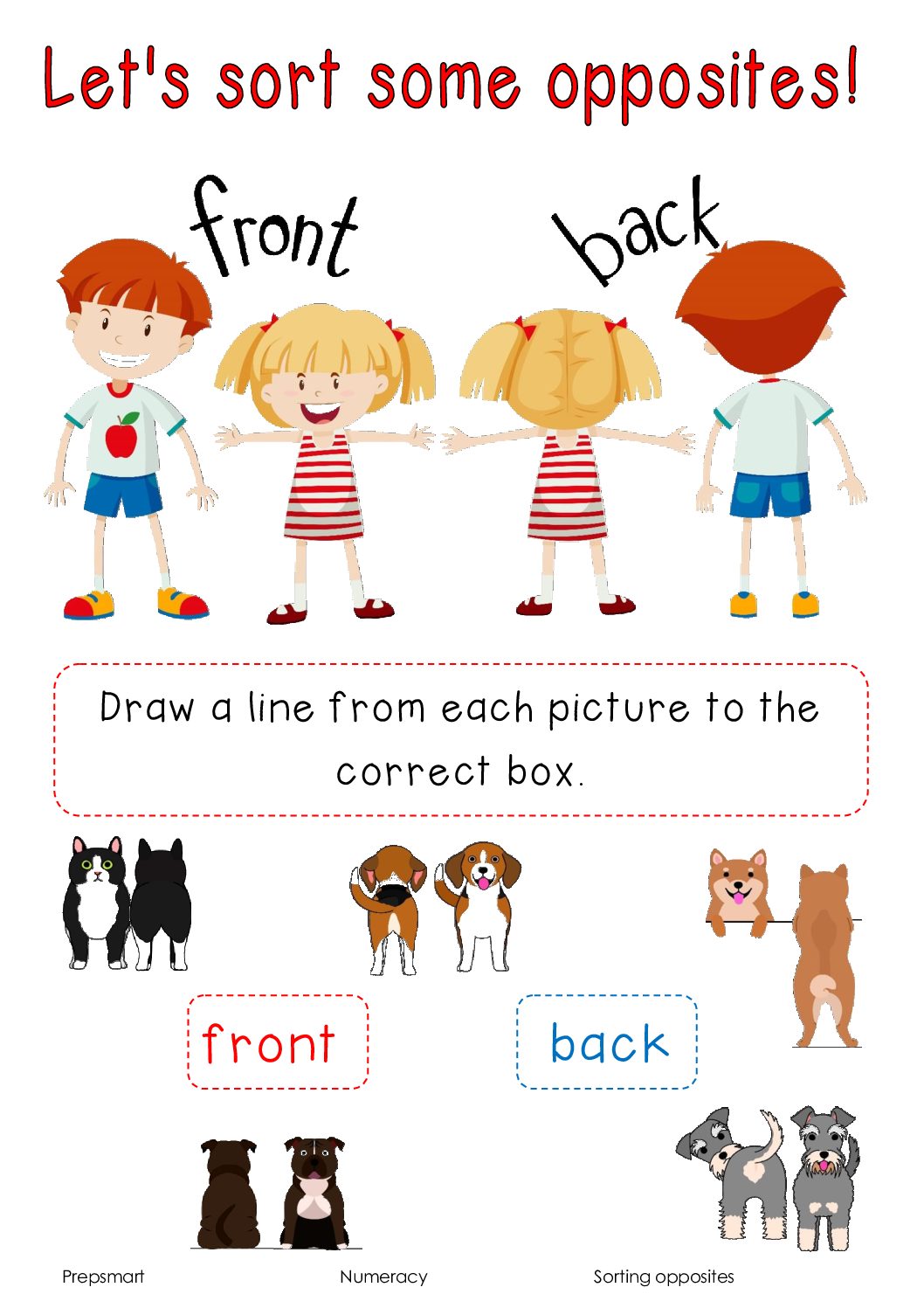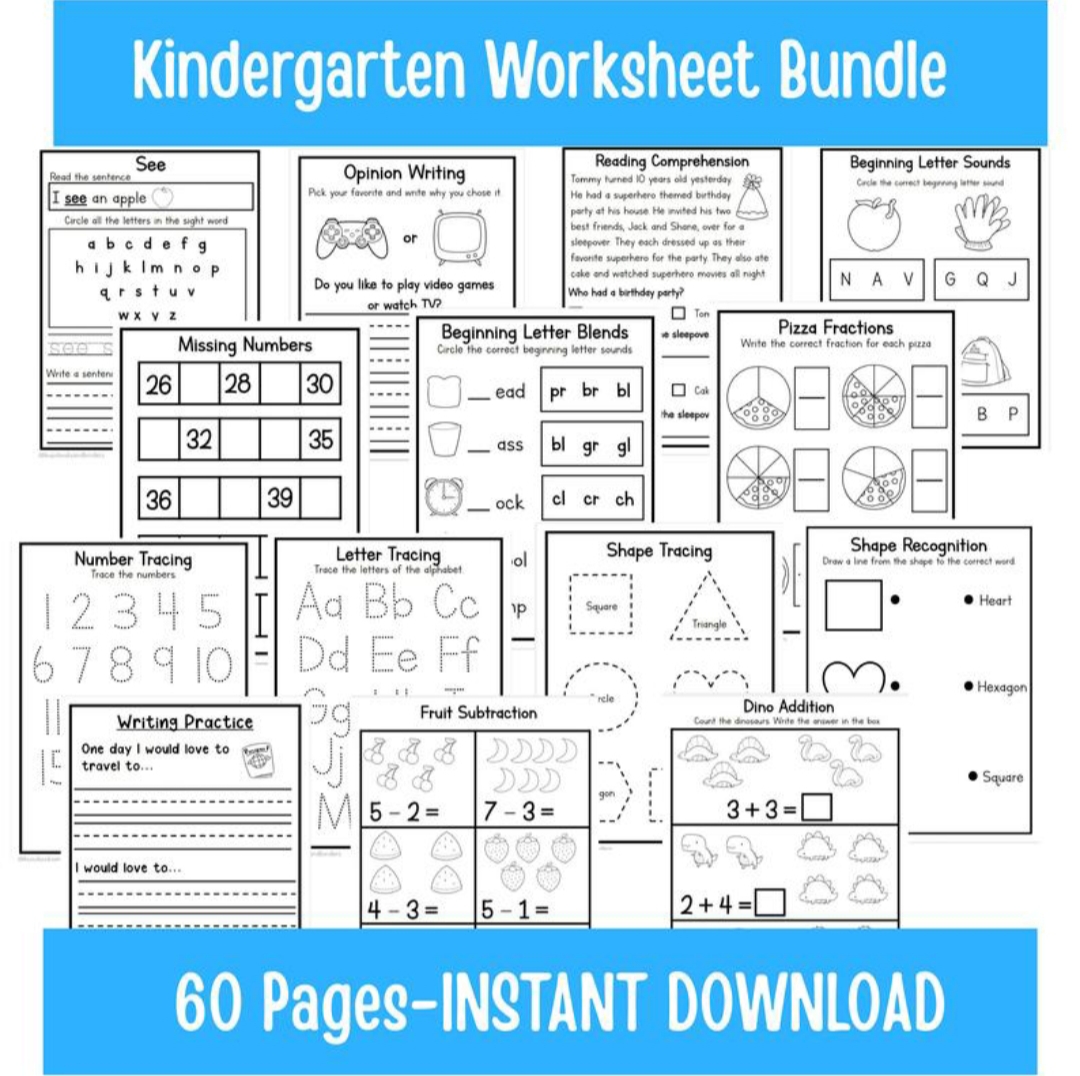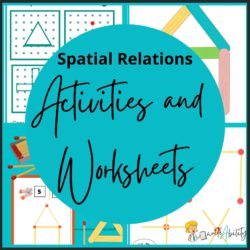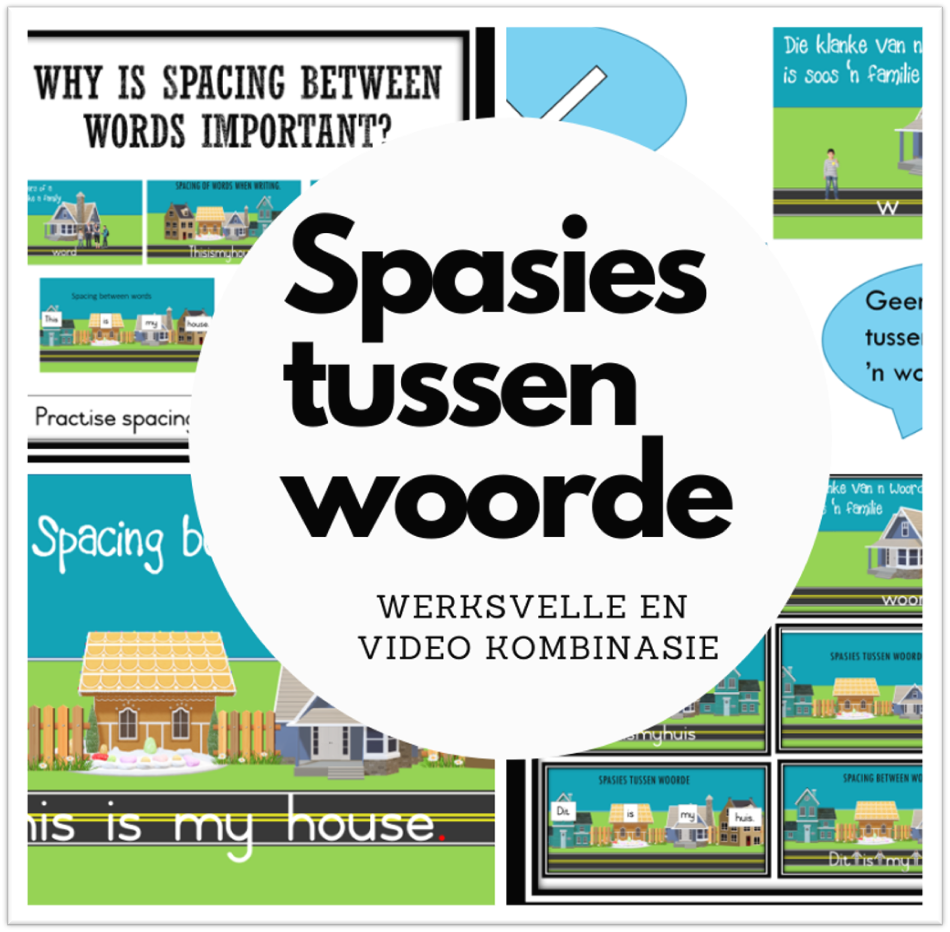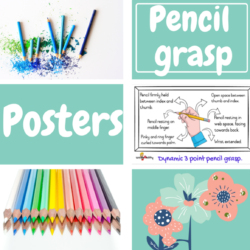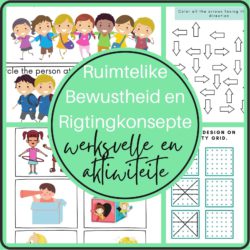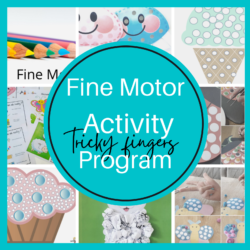Spatial Perception: Activities and Worksheets
This activity resource, “Spatial Perception: Activities and Worksheets” is designed to support children’s spatial perceptual development.
Spatial perception is the ability to perceive an object’s position in relation to yourself or in relation to other objects. It implies the ability to perceive which way an object or symbol is positioned/turned. Spatial perception helps a child sequence letters and numbers correctly, such as “swim” and not “siwm.” It helps a child orientate and write letters and numbers correctly and not to reverse letters and figures when writing, for example, b and d. Difficulties in these areas will lead to poor understanding of spatial concepts and instructions such as left, right, between, next to, front, or behind. Reversals of numbers and letters, difficulty understanding graphs, maps, and diagrams are also often observed. Children who struggle with spatial perception might write things upside down or the wrong way round without noticing. Other challenges might include struggling with the spacing of words, writing in lines, and written work layout.
This resource includes various hands-on activities to practice visual-spatial skills needed for early spatial awareness and planning. It has stick and playdough building activities, design copying tasks, grid patterns, and grid copying. The resource can be used with children between the ages of 4 years and 9 years. It can be used as quiet time activities, classroom centers, group activities, or a home as a home program. The resources are easy to use and lots of fun.
40 PDF printable pages. The activities can be laminated for repeated use and easy cleaning. This resource is not language-specific.
R138.00
Use, by you or one client, in a single end product which end users are not charged for. The total price includes the item price and a buyer fee.
Resource Description
This activity resource, “Spatial Perception: Activities and Worksheets” is designed to support children’s spatial perceptual development.
Spatial perception is the ability to perceive an object’s position in relation to yourself or in relation to other objects. It implies the ability to perceive which way an object or symbol is positioned/turned. Spatial perception helps a child sequence letters and numbers correctly, such as “swim” and not “siwm.” It helps a child orientate and write letters and numbers correctly and not to reverse letters and figures when writing, for example, b and d. Difficulties in these areas will lead to poor understanding of spatial concepts and instructions such as left, right, between, next to, front, or behind. Reversals of numbers and letters, difficulty understanding graphs, maps, and diagrams are also often observed. Children who struggle with spatial perception might write things upside down or the wrong way round without noticing. Other challenges might include struggling with the spacing of words, writing in lines, and written work layout.
This resource includes various hands-on activities to practice visual-spatial skills needed for early spatial awareness and planning. It has stick and playdough building activities, design copying tasks, grid patterns, and grid copying. The resource can be used with children between the ages of 4 years and 9 years. It can be used as quiet time activities, classroom centers, group activities, or a home as a home program. The resources are easy to use and lots of fun.
40 PDF printable pages. The activities can be laminated for repeated use and easy cleaning. This resource is not language-specific.



 KES(KSh)
KES(KSh) USD($)
USD($) GBP(£)
GBP(£) GHS(₵)
GHS(₵) NGN(₦)
NGN(₦) MUR(₨)
MUR(₨) BWP(P)
BWP(P) AUD($)
AUD($) TZS(Sh)
TZS(Sh) INR(₹)
INR(₹) PHP(₱)
PHP(₱) AED(د.إ)
AED(د.إ)